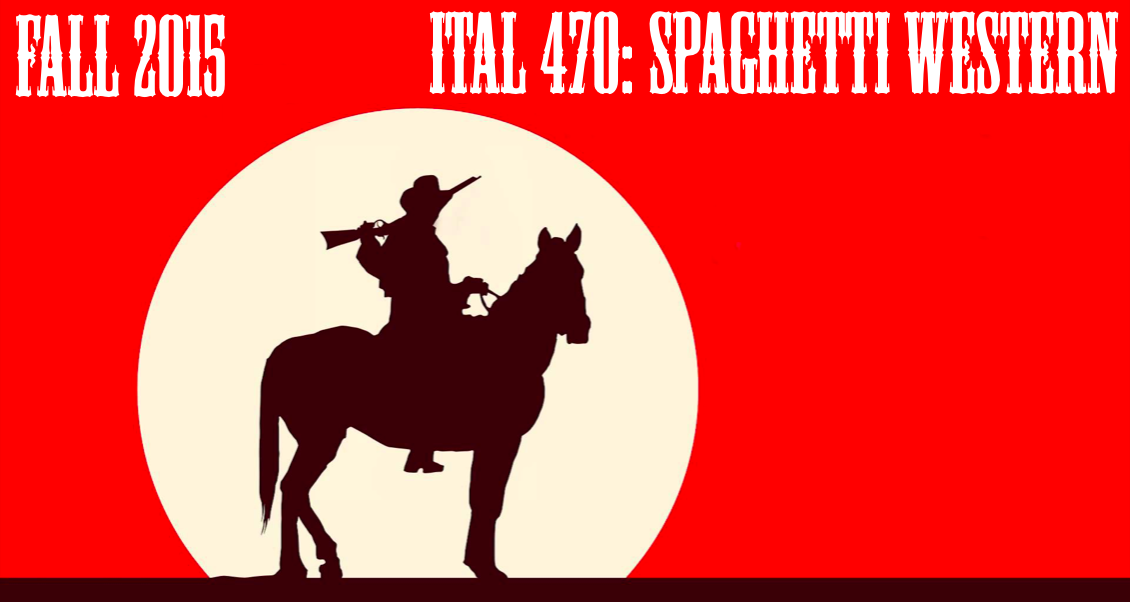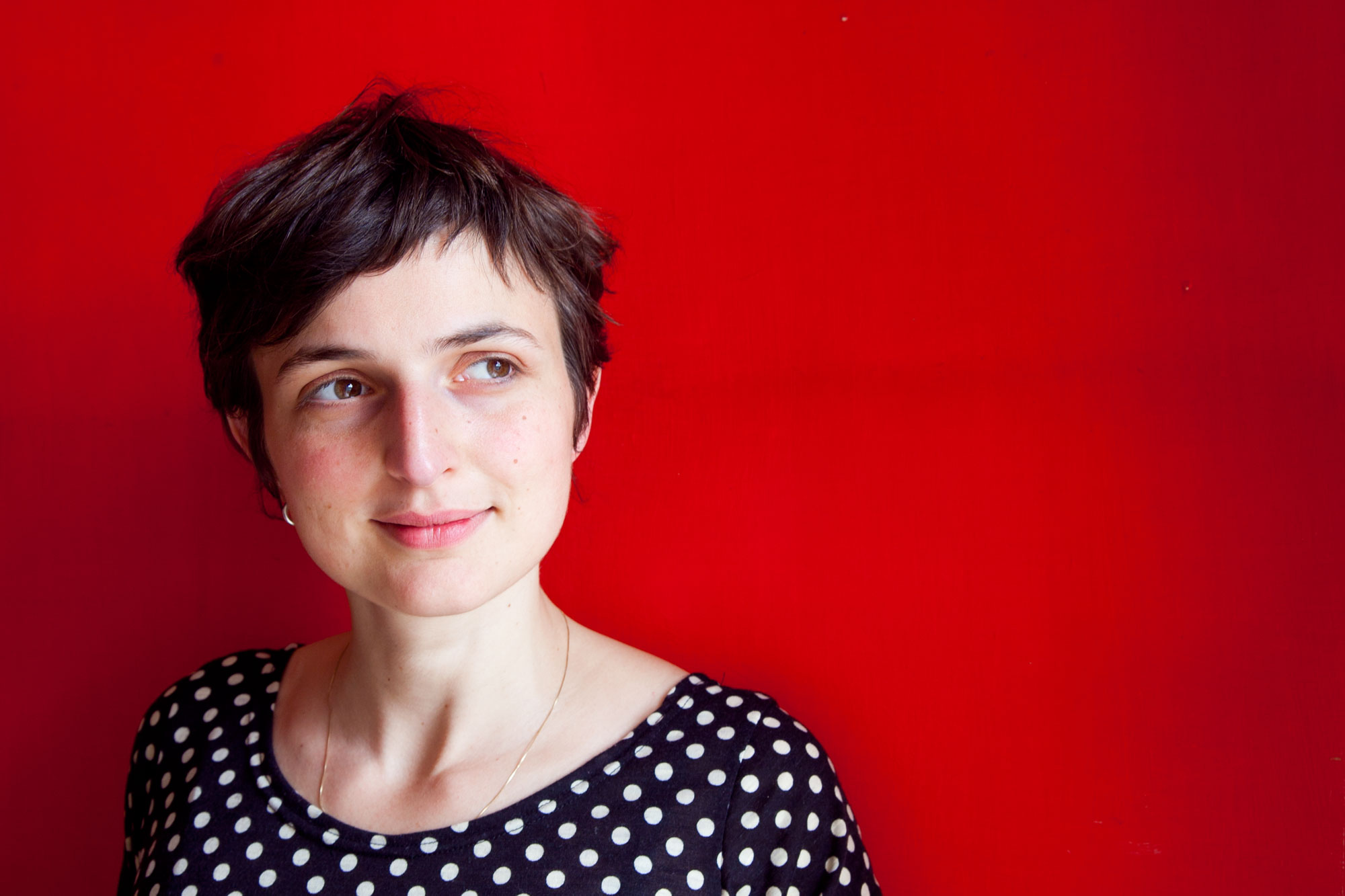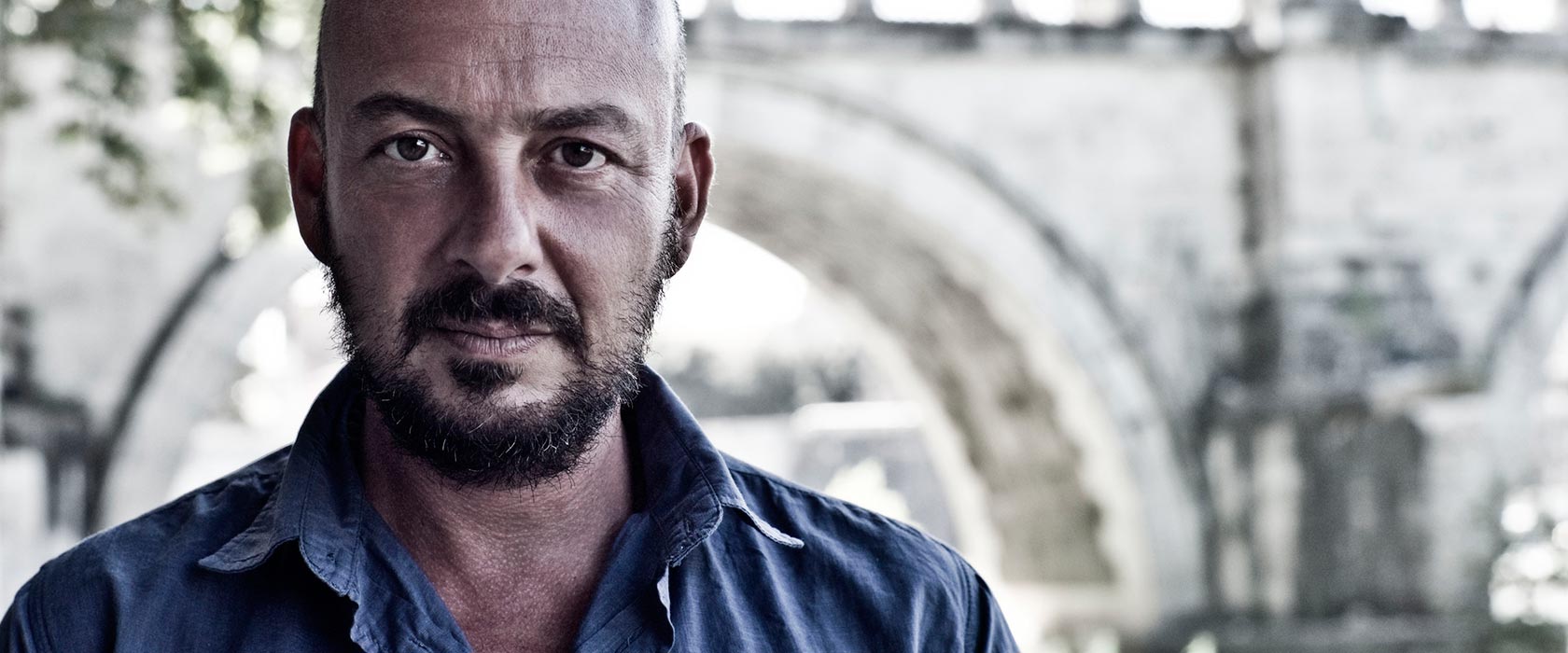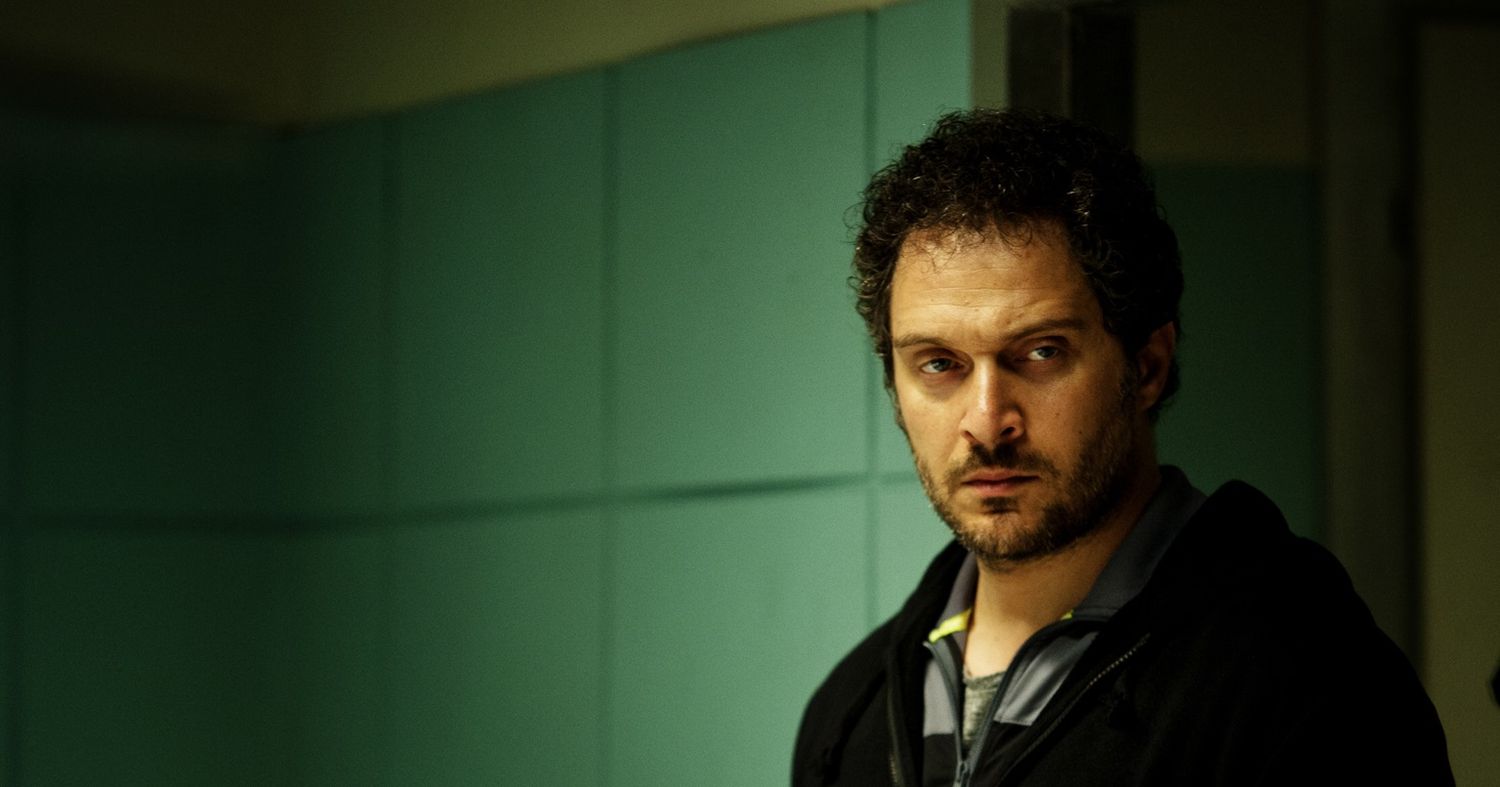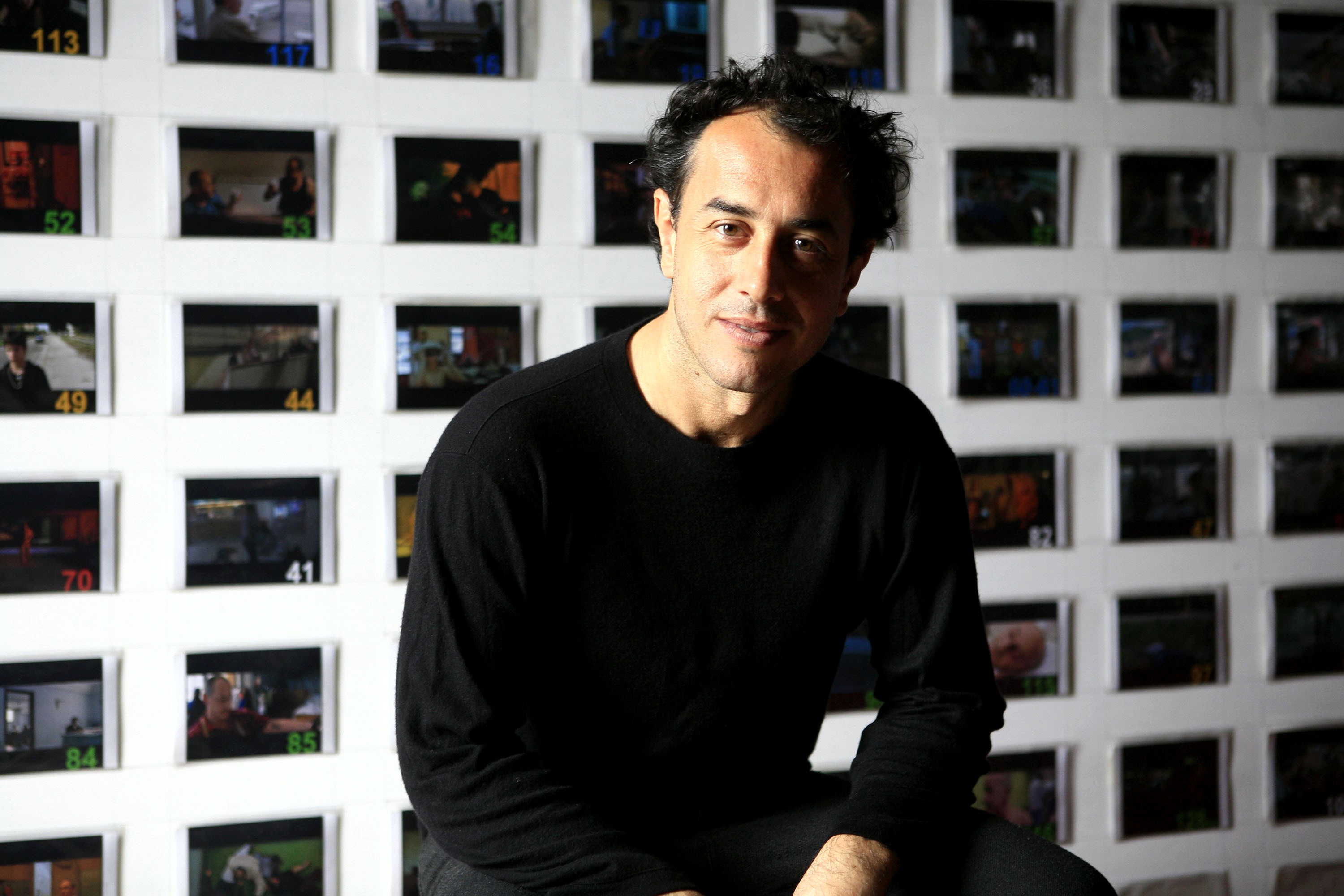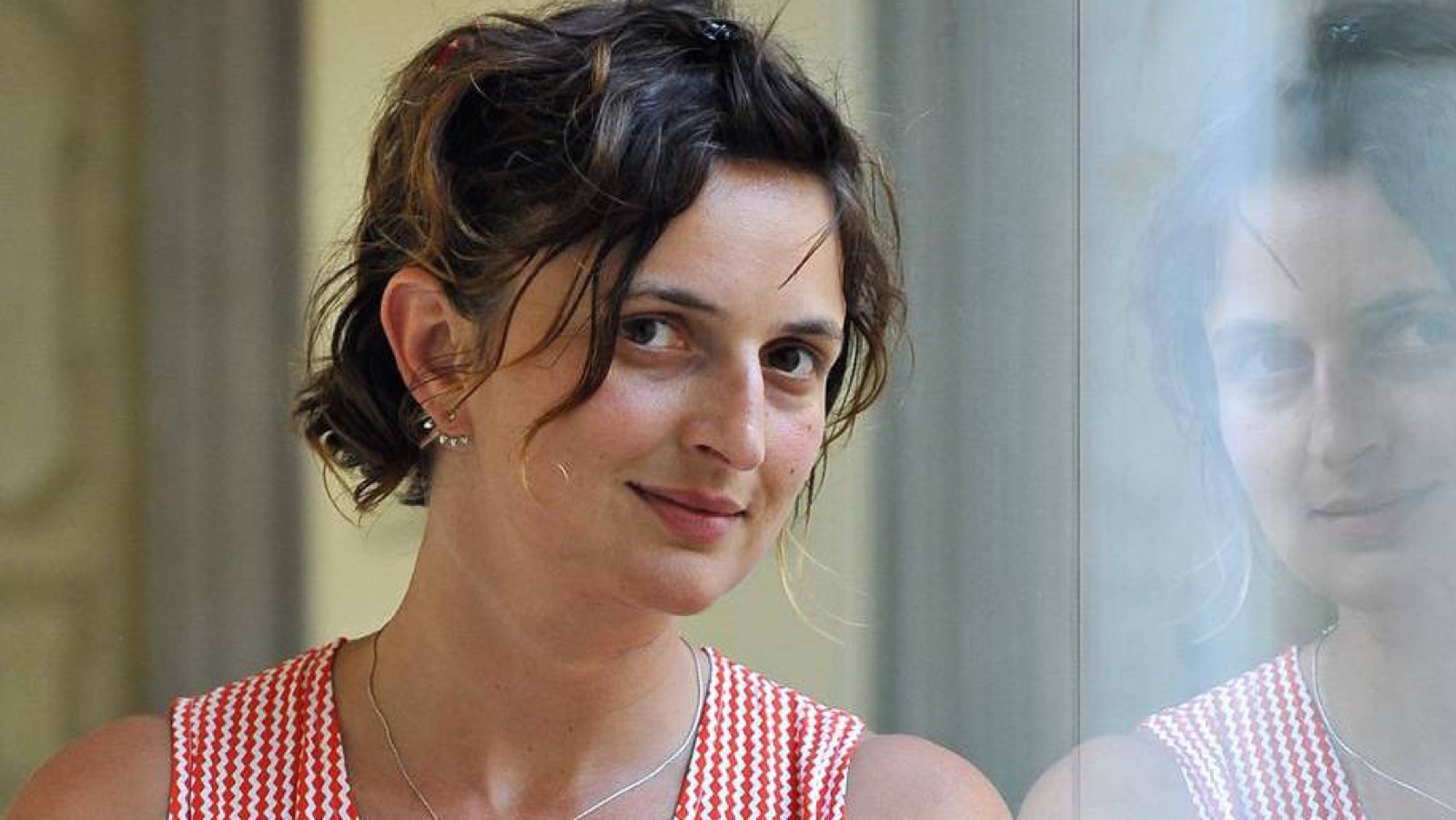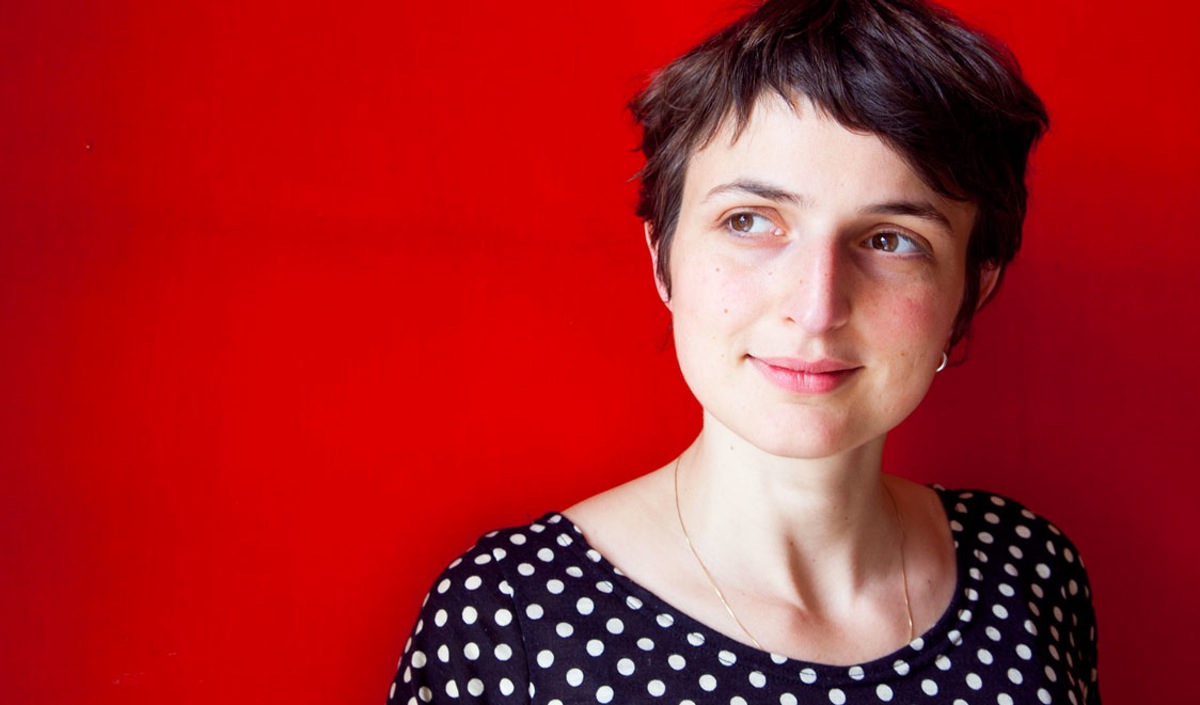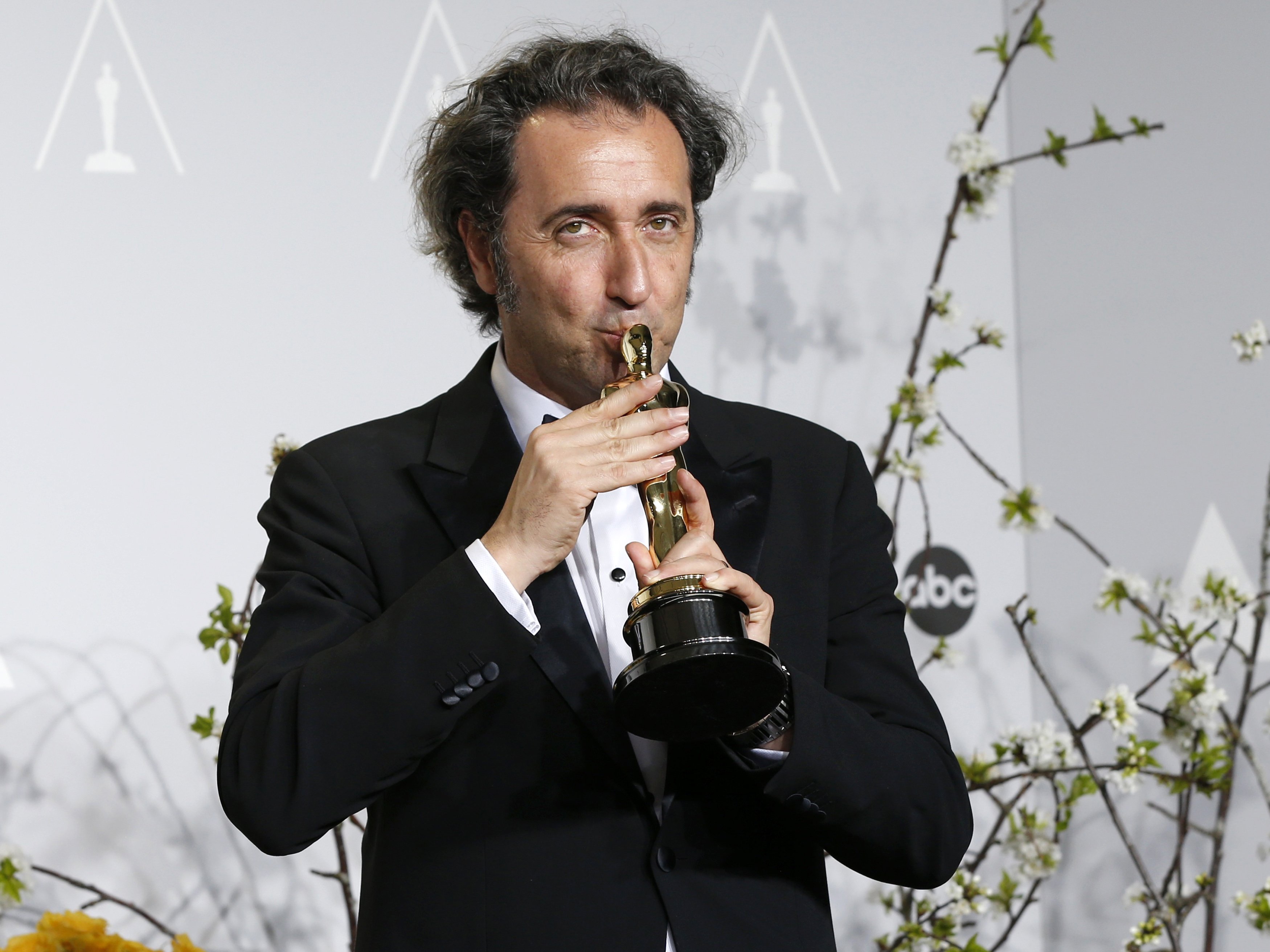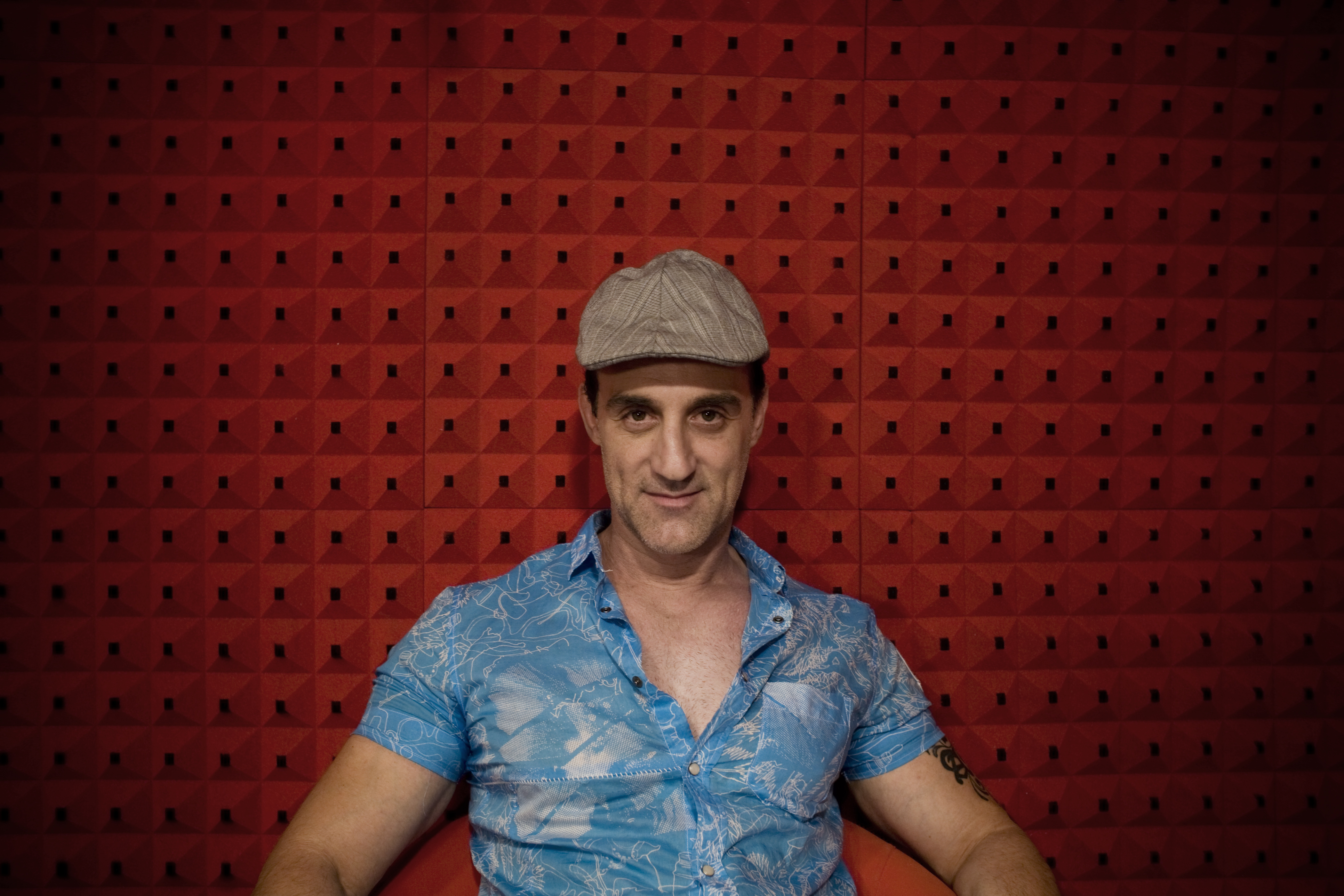Some Useful Film Terminology
Cinema is a language. If you are a native speaker of English, chances are you don’t know the rules of grammar or what a past participle is, but you still understand all the fine shades of meaning when someone speaks to you—you just don’t know why. Cinema works the same way. You may not know what a dissolve is, but you do know, at least unconsciously, that a dissolve indicates that some time has passed, while a cut does not necessarily mean this. Your brain is incredibly sophisticated at interpreting visual information: you can usually tell the difference between a zoom in and a dolly in, even if you don’t know what those terms mean. By explaining some of the “grammar” of film, you can understand how cinema tells us much more than simply what characters say and do.
If you want to explore film terminology more, there are numerous sites on the internet, such as the Allmovie.com glossary and Joel Schlemowitz’s extensive glossary.
Filming Techniques
camera angle
This refers to the height of the camera with respect to the image, so one might refer to a high angle shot (the camera looks down on the subject), a eye level shot, or a low angle shot (camera looking up at the subject). In general, low angle shots increase the importance and status of what is shown, while high angle shots diminish it. (There is also the Dutch angle shot, a tilted orientation often used to express disorientation). Any significant departure from an eye level shot looks unusual to us, and indicates that the shot is being “marked” in some way—but you have to figure out what it means in the context.
camera distance
This refers to the apparent distance between the camera and the subject being filmed; one might refer to a close-up (or even extreme close-up), a medium shot or a long shot. The close-up is typically large enough to accommodate a face, the medium shot one or two people from, say, the knees up, and the long shot is large enough to capture, say, a street scene or a party. Each of these shots has a certain effect on the viewer. Close-ups dramatically intensify a character’s emotional reactions, and close-ups of an object almost invariably indicate that it has some peculiar and powerful relevance. Medium shots establish connections between people and things, or between one character and other characters (it is, if you like, a “social” shot). Long shots can be used to show the importance of the environment (imagine a character in a film, stranded in the desert, looking for water—a long shot could emphasize his powerlessness against the immensity of nature), or give us a sense of where we are. Long shots that are used to situate a character (“hmmm, this looks like a street scene in a major urban center like New York or Chicago”) are also called establishing shots or master shots.
depth of field
Generally a camera places only part of the world into perfect focus; objects much closer or farther away than this “sweet spot” are out of focus. A photographer can easily control where that spot is, and how deep it is. This situation has advantages (see “rack focus,” below) because it concentrates the viewer’s attention where the director wants it, but with the right lenses and lighting it is also possible to have near infinite depth of field where everything is in focus. On the other hand, some photography (such as food photography—look in any contemporary food magazine, the more chic the better) strives to minimize the depth of field for an sophisticated, almost impressionistic look.
pan
A camera movement in which the camera turns left or right on a stationary tripod. Creative Hollywood engineers have, over time, come up with many other ways for the camera to move: dolly shots (camera is mounted on a smoothly rolling platform or rails), crane shots (camera mounted on a crane allowing the shot to smoothly move high above the action, a favorite technique at the end of films), and more recently, a bewildering variety of techniques for cameras to be mounted on smoothly moving cables, permitting almost any imaginable, constantly changing, perspective.
point of view shot (also “POV shot,” or “subjective camera”)
A POV shot shows us the world from one particular character’s perspective, as if we were seeing through his or her eyes. POV shots frequently make use of a shaky handheld camera. One might assume that this encourages the viewers to identify with that character, but subjective camera is often used for serial killers and stalkers in film—are we supposed to identify with them?
rack focus
Generally, the camera is focused on the principal object of interest in the frame, such as the principal actor in the film. A rack focus shifts the focus from this principal object to a different object that was previously out of focus, typically something in the background. Often used for a kind of visual irony—the camera is focused on our heroine as she safely relaxes in her bathtub. The camera then rack focuses to the background, where we see a killer is hiding in her closet!
shot
A shot is a single, uninterrupted “take” by the camera. Shots are organized into larger clumps of shots called “sequences” (such as the “rooftop chase sequence” from the beginning of Vertigo or The Matrix).
following (tracking) shot
The camera moves to keep a moving figure on the screen.
zoom shot
The actual position of the camera does not change, but the magnifying power of the lens does, bringing us closer to (zooming in) or farther away from (zooming out) the subject. In Vertigo, Hitchcock invented a new shot, the simultaneous zoom in and pull back, which produced a disorienting lurching effect that very successfully portrayed a sense of vertigo. In the 1960s, a favorite technique was to rapidly zoom in and out for a psychedelic effect (watch the music sequences in any of the Austin Powers movies to see a parody of this technique).
Editing Techniques
An instant transition from one sequence or shot to another. Also can be used for any edit from one shot to another. A succession of abrupt cuts in the same location or of the same subject is called a “jump cut,” often used to show a fair amount of time passing spent in repetitive activities (frequently used in jail cells, for example)
A dark screen that gradually brightens to an image (fade in), or an image that darkens to black (fade out).
transition: dissolve (lap dissolve, cross dissolve, ripple, etc.)
A transition between two shots where the first image gradually disappears while the second gradually appears; for a time, the two images are superimposed. This can establish a psychological connection between the subject of the first sequence and that of the second, or can indicate the passage of time. For instance, in 1960s TV, you could not explicitly indicate that characters had had sex. But if you dissolve from a shot of a man kissing his girlfriend to a shot of him putting on his boots, it is clear to the viewer that the second shot takes place after something happened (when did he take his boots off?!)
graphic match
Two shots are “matched” through some kind of visual similarity that suggests they are connected—a famous example occurs at the beginning of 2001: A Space Odyssey, where a shot of a bone being thrown into the air by a gorilla dissolves to a shot of a spinning spaceship, connecting prehistoric primates and future human beings in a kind of evolutionary continuum. The spinning bone is “matched” to the spinning spaceship. Kubrick’s match is clever and unexpected, but graphic matches—although effective—are often pretty heavy-handed.
montage vs. continuity editing
Montage is the assembly of disconnected images into a whole that nonetheless tells a story. Imagine the following shots: (1) a woman’s frightened face; (2) a soldier with a bayonet; (3) a close-up of the bayonet blade; (4) the woman clutching at her eye. The viewer understands what has happened by constructing a narrative that links the shots. Hollywood has usually preferred invisible or continuity editing, in which the viewer does not especially notice the editing (just as we don’t think about cameras and lights). There are some nice examples of different types of montage available with QuickTime video.
parallel montage, or cross-cutting
A favorite of chase sequences. First we see the pursued, then we watch the pursuer, then cut back to the pursued…
shot/reverse shot
In the typical shot/reverse shot, the second shot looks back at the point where the first shot originated from. This is typically used for filming conversations, but it is frequently used to establish POV shots as well. Imagine: the first shot shows a character looking out at the landscape; the next shot shows us what he or she sees. Notice that this shot eliminates the presence of the camera—the viewer sees the whole world, and the presence of the director, sound stage, lights and camera are all eliminated. A favorite in Hollywood.
sound bridge
Two shots are connected by sound from the first shot continuing “on top” of the second shot. Imagine an espionage thriller in which the nefarious villain plans to do away with our favorite secret agent. The villain speaks: “Our plans for revenge have finally come to fruition. Mr. Bond may have gone on vacation, but we have not.” Here the camera cuts to James Bond relaxing on the French Riviera, drinking and sunbathing—but the villain’s voice continues: “We will strike when he least expects it… yes, when he least expects it.” [Evil laughter, fading away, as ambient sound from the second shot (ice cubes clinking, people walking on the beach) fades in.]
Sound Terms
diegetic and non-diegetic sound
This refers to sound produced within the story: characters speaking, a window pane shattering, etc. If a character plays the piano or sings, that’s diegetic music. Non-diegetic usually refers to the soundtrack—music that the viewer hears but does not associate with the story (the sweeping violin music that plays when the two lovers kiss). It also refers to any voice-over that we hear, whether it works really well or really badly. Comic effect is produced when nondiegetic music turns out to be diegetic, or the reverse: the two lovers kiss, violin music swells, and the camera slowly pulls back to reveal a symphony orchestra incongruously seated on the beach (see this clip, starting at about 7:20).
post-production sound (dubbing)
This refers to sound added after the original filming and recording—the singing in musicals, for example, was almost always dubbed over the original recording. At times, an actor’s voice might be replaced entirely, also for speech.
sound bridge
See “sound bridge” under “editing techniques.”
For more on sound, see the fun site filmsound, and take a look at (and listen to) some of their humorous film sound clichés.
